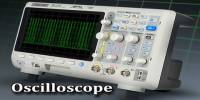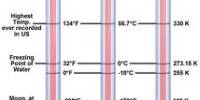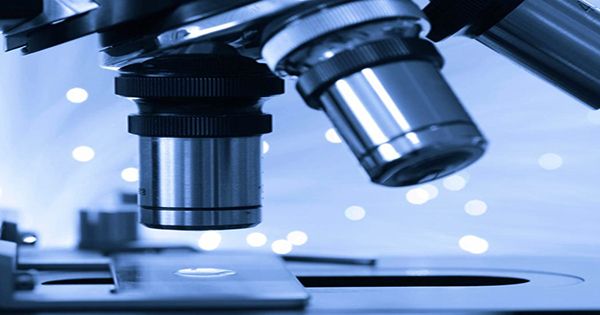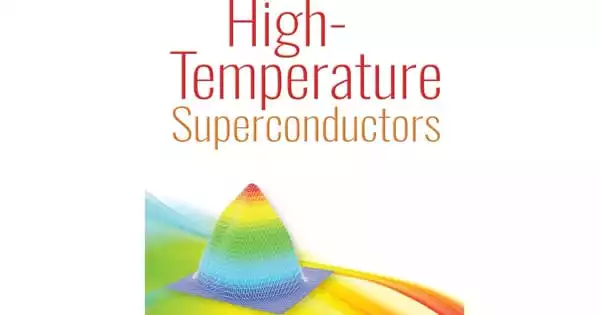This relatively new idea of accelerating protons with powerful laser pulses promises numerous benefits over conventional accelerators. For instance, it appears possible to construct facilities that are significantly more compact. However, current prototypes of the technology, which fire laser pulses against incredibly thin metal foils, have flaws, particularly in the frequency at which they can accelerate protons.
At the Helmholtz-Zentrum Dresden-Rossendorf (HZDR), an international working group has tested a new technique: Frozen hydrogen serves as the “target” for the laser pulses in this method. According to the research team’s description in the journal Nature Communications, the technique may one day serve as the foundation for cutting-edge tumor therapeutic ideas.
Conventional proton accelerators such as the Large Hadron Collider at CERN in Geneva are based on the particle acceleration via strong radio frequency waves. In laser acceleration, on the other hand, ultra-bright light pulses give the particles a boost: Extremely short and powerful laser pulses are fired at wafer-thin metal foils.
The light warms the substance to such a degree that many electrons are released but the heavy atomic nuclei stay put. A powerful electric field develops between them because the atomic nuclei are positively charged and the electrons are negatively charged.
A few micrometers later, this field can fire a powerful pulse of protons, accelerating them to energy for which considerably larger systems would be required using conventional accelerator technology.
We were able to bring protons up to an energy of 80 MeV. This is close to the previous record for laser proton acceleration. But unlike previous facilities, our technique has the potential to generate multiple proton bunches per second.
Dr. Karl Zeil
Another advantage: “With laser acceleration, we can pack a huge number of particles into one proton bunch,” explains HZDR physicist Dr. Karl Zeil. “This could be interesting for radiation therapy of tumors.”
However, the previous method of firing laser pulses at metal foils has drawbacks. First of all, it is challenging to produce several proton pulses per second since foil is already damaged by a single laser blast and must be continually replaced.
Secondly, the acceleration process is quite complex and relatively difficult to control. The cause is that the hydrocarbons that will be used to accelerate protons have collected on the metal foils, creating an unfavorable layer of impurities that makes it difficult to maintain precise control over the experiment.
Filament instead of foil
Therefore, the German-American research team around Karl Zeil came up with an alternative: “Instead of a metal foil, we use a fine, strongly cooled hydrogen jet,” the researcher says. “This jet serves as a target for our high-intensity laser pulses.”
In particular, the specialists cool hydrogen gas in a copper block to the point where liquid hydrogen gas results. The liquid hydrogen then flows through a nozzle into a vacuum chamber. It thus cools further and solidifies into a micrometer-thin filament: the target for the laser pulses. And since the hydrogen filament renews itself, the laser has a new, intact target in its sight for every shot.
Another benefit is that the setup allows for a more favorable acceleration mechanism: The laser pulses use radiation pressure rather than just heat the material to force the electrons out of the hydrogen and provide the extremely strong electric fields required to accelerate the protons. The procedure was improved by the team by transmitting a brief, weaker light pulse before the primary laser pulse.
The frozen hydrogen filament was warmed as a result, growing in size from five micrometers to several times that size. As a result, the procedure may be optimized and the acceleration distance increased.
Prospects for tumor therapy
The result: “We were able to bring protons up to an energy of 80 MeV,” reports Karl Zeil. “This is close to the previous record for laser proton acceleration. But unlike previous facilities, our technique has the potential to generate multiple proton bunches per second.”
Furthermore, the acceleration process is comparatively easy to simulate for hydrogen targets using high-performance computing a task that also involved the Center for Advanced Systems Understanding (CASUS) at HZDR.
“This allows us to better understand and optimize the interaction between laser and matter,” Zeil said. Now the experts want to use AI algorithms to increase the “hit rate” between the laser pulses and the frozen hydrogen jet.
The technology might be useful for a different kind of radiation therapy in the future. Some malignancies are already successfully irradiated with protons today. The dose might be increased by laser acceleration, cutting the irradiation period in half. Additionally, this might better protect the healthy tissue surrounding the tumor, as a HZDR study implies.
















